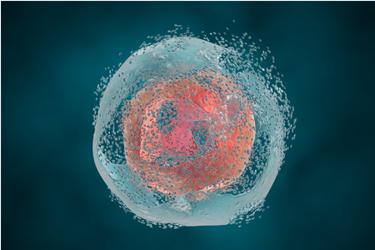AAV Process Intensification Using High Salt Lysis & Benzonase Salt Tolerant Endonuclease
By Agnieszka Lass-Napiorkowska, Christina Toenjes, Scott Hauser, Michelle P. Zoeller, Alexa Prager, Angeles Mecate-Zambrano, Sarah Lechat, and Dmitry Zabezhinsky

Adeno-associated virus (AAV) manufacturing faces significant challenges, primarily concerning process yield variability and viral particle aggregation. Traditional lysis buffers, containing physiological salt concentrations, may not optimize AAV yield and infectivity. Cell lysis, a pivotal midstream step, relies on detergents, posing challenges such as efficient and sustainable detergent use and the impact on viral particles.
To address these issues, the impact of high salt lysis buffers on AAV yield and infectivity, alongside the role of Benzonase® Salt Tolerant endonuclease in DNA removal during the midstream process, is explored. Regulatory standards mandate efficient DNA removal from the final product, underscoring the significance of this investigation into nuclease activity under varying salt concentrations. A novel approach is introduced utilizing high salt lysis coupled with a salt-tolerant endonuclease to enhance AAV production efficiency and meet regulatory requirements for patient safety.
Get unlimited access to:
Enter your credentials below to log in. Not yet a member of Bioprocess Online? Subscribe today.
